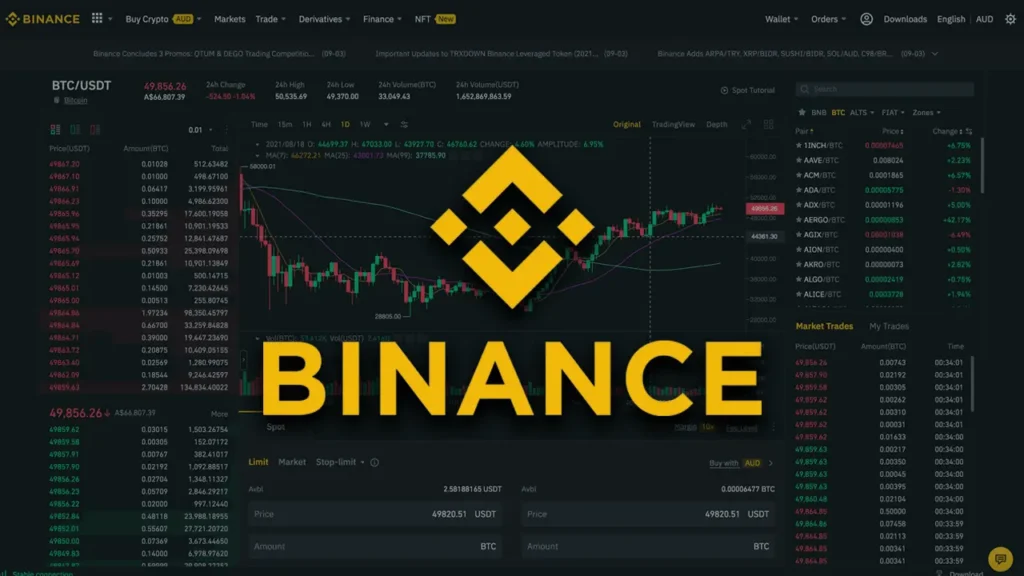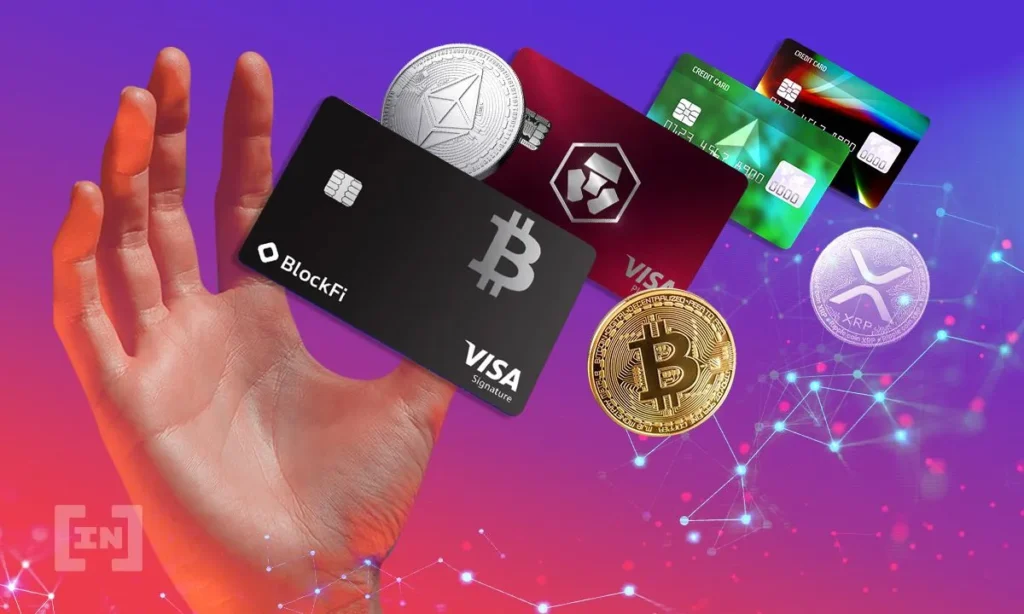When people ask, “Is this stuff actually being used anywhere?” — the answer might be Singapore. Let’s take a walk through the Lion City, where crypto isn’t just a buzzword—it’s slowly integrating into daily life. This island nation is one of Asia’s leading hubs for fintech and blockchain innovation, and it’s already experimenting with what a Web3-powered credit card world could look like. So, if you want the “Web3 credit card explained” with a regional twist, let’s unpack how this is playing out in Singapore.

Ground Zero for Web3 Innovation

Singapore’s government has long taken a forward-thinking approach to technology. The Monetary Authority of Singapore (MAS) created a regulatory sandbox for fintech companies years ago, allowing safe experimentation with emerging tech—crypto included.
Because of this, it’s become a go-to destination for Web3 startups. Think: Crypto.com, Nexo, and Binance (before regional pivots)—all have or had operations based here.
That crypto-friendly atmosphere makes it a perfect testing ground for blockchain-powered financial tools, including Web3 credit cards.
The Web3 Credit Card in Action: Singapore’s Crypto.com Surge
Let’s zero in on Crypto.com Visa Card, one of the most visible players on Singaporean soil.

How It Works in Singapore
- Residents can apply directly via the Crypto.com app, which complies with local KYC and AML requirements.
- After approval, they’re issued a virtual card (with an option for a physical one).
- Users top up their card with crypto from their in-app wallet.
- At the point of sale, the crypto is auto-converted to SGD (Singapore dollars), allowing the card to be accepted anywhere that takes Visa.
- Rewards are paid out in CRO tokens, Crypto.com’s native currency.
You can swipe your way through hawker stalls, MRT stations, or luxury boutiques—just like a regular credit card.
Web3 Credit Card Explained : Benefits Unique to the Region
In Singapore, this card isn’t just a novelty—it’s being used for real. Why?
Low Transaction Barriers
Crypto.com’s low top-up fees and fast conversion to SGD make it practical for everyday use.
Widespread Visa Acceptance
Singapore is essentially a cashless economy, so merchants are already Visa-ready. No friction there.
Government-Backed Tech Confidence
While MAS remains cautious about crypto speculation, it actively promotes blockchain innovation. That regulatory confidence gives users a sense of safety—especially with major fintech names operating within compliance.
What Locals Are Saying
Crypto-enthusiast forums like HardwareZone and Reddit Singapore have threads filled with real feedback:
- “I use mine to pay for Grab rides and get CRO back. Why not?”
- “The rates fluctuate, but it’s worth it for the rewards.”
- “I just wish tax rules were clearer.”
So yeah—it’s not just talk. These cards are swiping, tapping, and stacking rewards in real SGD settings.
Web3 Credit Card Explained : Challenges to Watch

That said, even in a crypto-forward city like Singapore, Web3 credit cards come with caveats:
Tax Complexity
Under IRAS, crypto transactions may be considered capital gains or income—and that iced latte might be reportable.
Volatility Woes
Cashing out ETH on a dip means your sandwich could’ve cost double last week.
Not Yet Mainstream
Despite their popularity in niche circles, Web3 cards haven’t hit GrabPay or PayNow levels of visibility… yet.
Final Thoughts: Singapore as a Web3 Credit Card Test Lab

So there you have it—Web3 credit card explained, case study edition.
In Singapore, this tech isn’t theory—it’s at Starbucks, it’s at the hawker centre, and it’s in the MRT wallet of that guy next to you on the train. But it’s also a reminder: even in the best-case scenario, regulation, clarity, and education still need to catch up.
Bottom line? If you want to see where Web3 credit cards could go globally, keep watching Singapore. The future might already be walking down Orchard Road, sipping kopi and earning CRO.
Relevant News : Here




